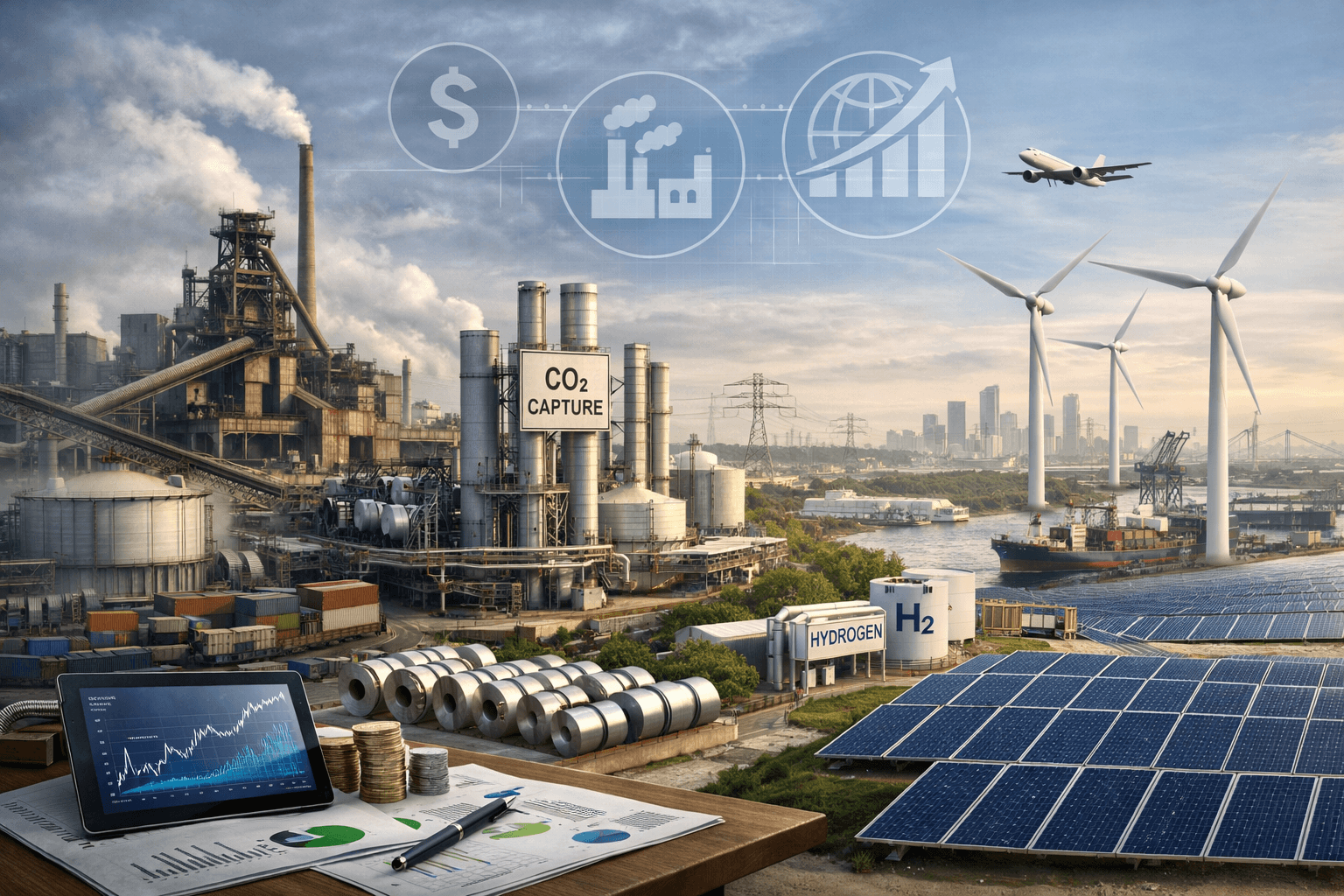Blog
Fred Van Beuningen On COP26 And Future Climate Action
Fred van Beuningen
Oct 26, 2022
My lockdown reading consisted of, among others, The precipice, written by the Oxford philosopher with an engineering degree Toby Ord. The impressive book offers an engaging and empirically grounded synoptic view of humanity’s past, present, and future, and of the risks that cause this future to be existentially threatened. It defines an existential catastrophe as the destruction of humanity’s long-term potential. This potential could be destroyed by extinction, an unrecoverable collapse, or a permanent dystopia. An existential risk, then, is a risk of an existential catastrophe. Ord presents a range of philosophical arguments for the claim that it is of great importance that we minimize existential risks. At least, it is more important than what is reflected by the relatively small fraction of global resources currently devoted to existential safety as such. On anthropogenic risks, including risks from nuclear war, climate change, and environmental damage, Ord estimates these risks as significantly higher, each posing about a one in 1,000 chance of existential catastrophe within the next 100 years. However, the odds are much higher that climate change will result in non-existential catastrophes, which could in turn make us more vulnerable to other existential risks. We try to have our carbon cake and eat it too*.
I was reminded of Ord’s book by Patricia Espinosa, executive secretary of the UN Framework Convention on Climate Change, who said that global security and stability could break down, with migration crises and food shortages bringing conflict and chaos, if countries fail to tackle greenhouse gas emissions. Espinosa said: “What we need to get at Glasgow are messages from leaders that they are determined to drive this transformation, to make these changes, to look at ways of increasing their ambition.” This brings me to the idea that actions drive results, not ambitions as illustrated by the rise in CO2 concentrations since the start of climate conferences.

We all know the definition of insanity: keep doing what you are doing and expect a different outcome. Some argue we need a Pearl Harbor moment; it is not the capital nor the technology that is lacking. Now, just as then, indifference, encouraged by legacy industries like fossil fuel, infrastructure and agriculture, outweighs the demand for intervention. It will require political leadership in combination with bold measures. New ambitions will not cut it, only executable plans with strong government intervention and a systems view on the end state of a sustainable and equitable economy that moves on from the Industrial revolution. COPs seem to confuse activity for action. Solving the climate emergency is the objective, but the 1,5 degrees Celsius target is a complicated one. Whether that threshold can be crossed, caused by the planet’s response to the cumulative emissions of greenhouse gasses can only be known in hindsight. What could be a simple target that can actually be achieved and is a good leading indicator?
Mark Lynas (the Guardian, October 14th 2021) suggests to set a date for the worldwide exit from fossil fuels, like a fossil fuels independence day. There will be many objections: “we cannot support the economic growth”, “it is unfair to underdeveloped countries”, “we can continue and capture and store the carbon” but without an exit date the risk of keeping doing what we are doing and keep getting what we get is real. Lynas suggests 2047 as exit date: far enough for a feasible transition and close enough to give us a 50%/50% chance of limiting global warming to 1,5 degrees Celsius.
Good strategy works from diagnosis to a set of coherent activities and achieves the objective through measuring the results of these activities and adjust timely where necessary. Let’s hope the correlation trend line between climate summits and emissions is reversed. It better…
* Hans van der Loo, energy and climate expert, calculated there is about a 1000Gt carbon available in the form of gas, oil and carbon reserves and thus far humanity has used 400Gt. Currently the world consumes 9,1Gt carbon per year, 1,1% of the total available fossil reserves. The total reserves were built up over 500 million years, meaning humanity consumes the amount of fossil energy that required 4,5 million years of prehistoric photosynthesis.


